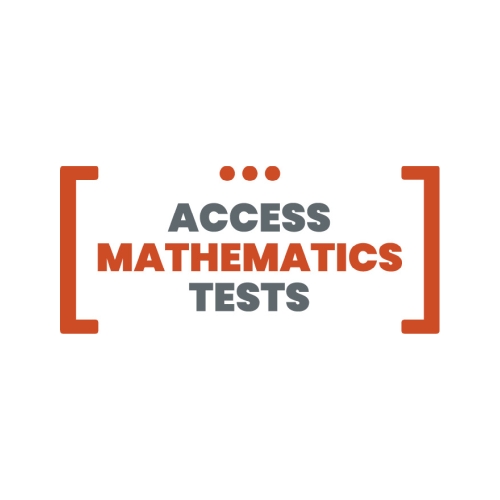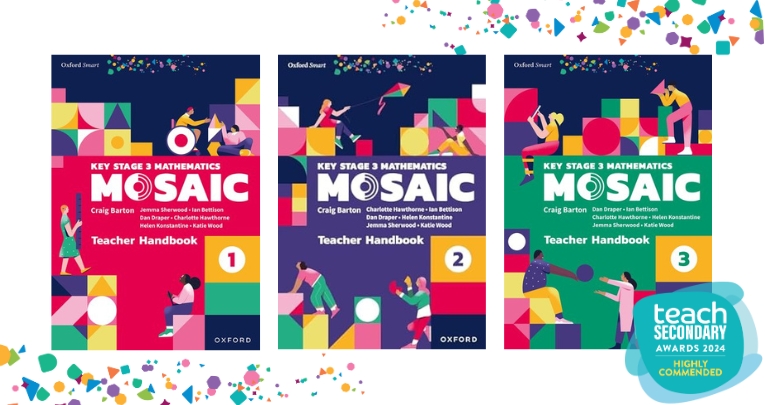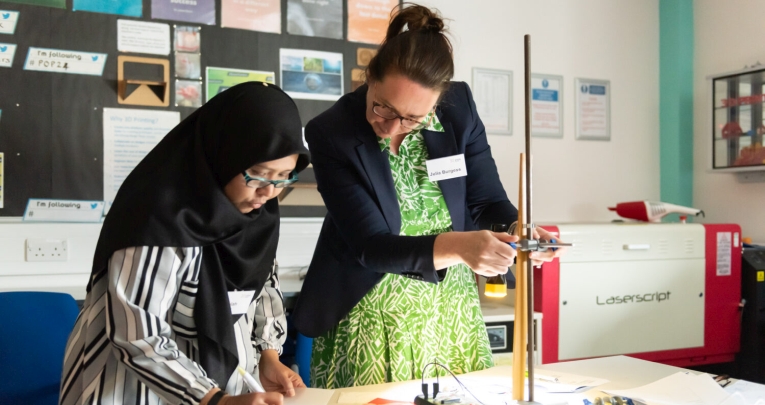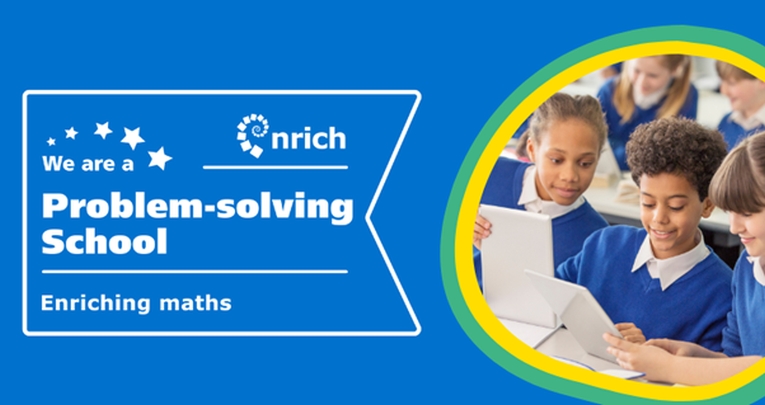Find out what’s working with your KS3 maths provision and what might need changing with this powerful, yet intuitive assessment
 30 Second Briefing
30 Second BriefingA skills-based standardised test that tracks the progress of KS3 students as they move through Years 7 to 9. The assessment is easy to administer, identifies gaps in understanding and can inform your targeted intervention strategies.
1. Accurately benchmark and understand ability
Access Mathematics Tests (AMT) from Hodder Education was standardised during the 2023/24 academic year from a representative sample of 10- to 16-year-olds across the country.
Teachers can reliably determine where a learner sits in comparison to a representative national sample, and easily identify which learners may need additional support based on strand analysis.
You will have help determining a new student’s mathematical strengths and weaknesses, regardless of their previous learning experiences.
2. Track student progress and intervention impacts
AMT is designed as a maths progress test for use twice per academic year, using parallel forms to track how learners have progressed during the school year, and how impactful your targeted interventions have been.
Throughout Years 7 to 9, you will be able to track how each student is progressing, as you and your team begin to prepare them for their GCSEs.
3. Plan lessons that teach the right skills
With its enhanced reporting features and reports on student performance, class performance and year group performance, AMT provides gap and strand analysis.
AMT then produces a standardised score, a raw score, an age-standardised score, a percentile score, and a mathematics age to help you identify areas in need of further intervention.
If your class scores comparatively highly on probability, but shows less understanding of fractions, you know to spend more time and resource teaching skills related to fractions.
“Teachers can reliably determine where a learner sits in comparison to a representative national sample.”
4. Save time with targeted interventions
Once your cohort has taken AMT, you can access Shine Interventions (available to purchase as an additional add-on) for targeted interventions specific to a student’s identified area of struggle.
Using the enhanced reporting tool, simply click on the student’s profile and the software will present you with the relevant learning sequences and activities, which can be implemented in a group or one-to-one setting, and be accessed by TAs and other support staff.
Our leading maths pedagogy experts – researchers and former teachers – have authored learning sequences that tell you exactly what is needed for individual students to progress.
5. Identify students needing extra support
The assessments can also be used to help identify learners who might need additional interventions, such as students with SEN.
You will be able to co-ordinate with your SEN team and TAs to ensure that SEN students receive tailored support and better learning experiences.
The parallel forms will then empower you to track the impact of these interventions. What’s more, if you’re using Shine Interventions, your chosen interventions can be delivered by TAs, SENCOs and other support staff.
For more information, call 07841 815 688, email alison.lapthorn@hoddereducation.co.uk or visit hoddereducation.com.
- > All standardised data informing Access Mathematics Tests was gathered from 15,000 test submissions, from a representative UK sample in the 2023/24 academic year.
- > Access enhanced reporting features – enabling you to view cohorts at individual, class or group level – to inform your lesson plans and intervention strategies.
- > Three sets of age-appropriate parallel forms let you track the progress and impact of interventions as learners move between school years.
- > The assessment takes 30–45 minutes to complete and can be administered in one lesson. Extra time can be added for students who will benefit from it.











